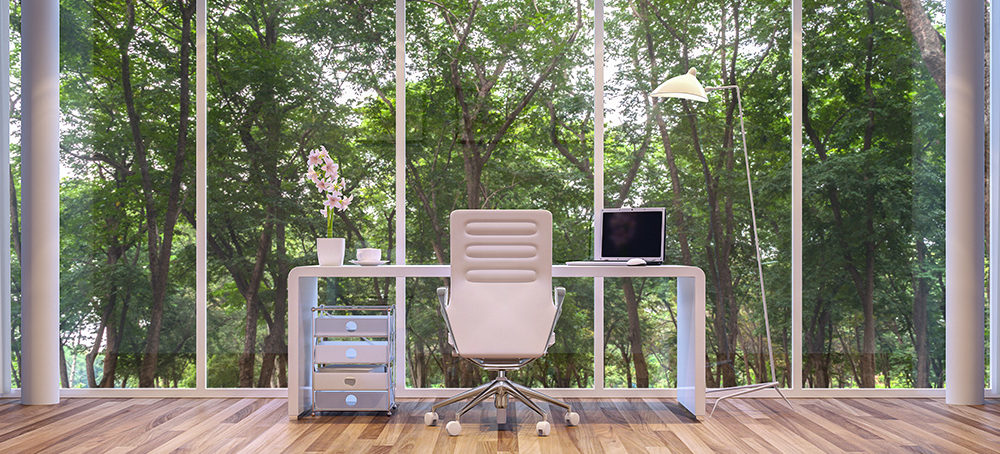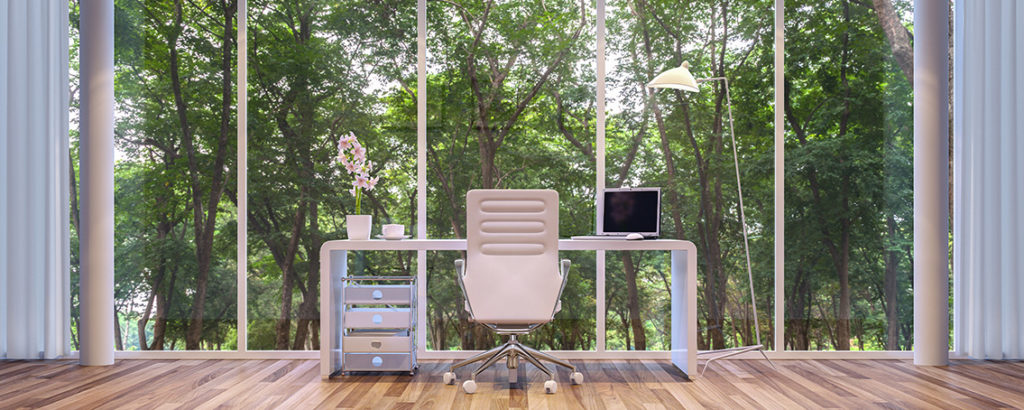Working in a smart city, compared with a traditional office, has distinct benefits – chief among them flexible working arrangements. Smart cities create conditions where employees no longer have to be cemented to a single location, while also improving quality of life in other ways.
Working in a smart city amounts to more than access to the latest technology and superfast connectivity. It comes with greater freedom and choice, and better quality of life, often resulting in improved productivity.
Balance
Workers in a smart city benefit from greater balance in two ways: surroundings and lifestyle.
There is equilibrium between the built and natural environments. Trees, shrubs, lawns, water features and other natural elements are integrated with public spaces, open-air walkways and piazzas, creating inviting places where they can pause and reflect in the midst of a busy workday. This leads to another kind of balance.
The phrase “work-life balance” is overused, but it underscores the importance of taking respite from work. Where there’s greenery and open space, workers are drawn out of offices and into the fresh air. It also encourages those who work remotely, for example in coffee shops or restaurants, to try out new places because the surroundings make it pleasant to spend time there.
These conditions make healthy lifestyle choices easier, and improved quality of life more likely.
Mobility
A choice of public transport means the ability to get to work via whatever means is most economical. This leaves little or no need for vehicles, lowering the levels of multiple ills, including the aggravation and cost – both personal and environmental – of traffic, congestion, fuel, carbon emissions, pollution, stress, frustration and aggravation.
Apart from getting there, working in a smart city also means the convenience of walkability because the design and layout, as well as the scale, was done on a human level. Everything is purposefully located within easy walking distance, including shops, cafés and restaurants, health clubs, medical services, and more.
Sustainability
Natural light can be harnessed to create light and airy office spaces, and components such as motion-sensor lights could be used to save energy and cut costs. Technologically enabled water management systems and smart energy grids can be employed in aid of more efficient services and operations, including waste management and recycling. You can see this in practice at a place like Melrose Arch, the Amdec Group’s popular mixed-use development and a quintessential smart city.
Technology
Rather than having to be retrofitted for infrastructure such as fibre optics, it’s to be expected that a smart city will have the latest technology. But connectivity is only one way in which technology supports life and work.
At Melrose Arch you can see how technology is used in operational management for cost-effective and efficient running of everything from access control, safety and security, to automated gates and booms. Tech is also key in highly specialised systems, such as water articulation, where it determines the regularity with which sprinkler systems operate, in response to periods of rainfall or drought.
Working in an environment such as this benefits both businesses and people. Whether it’s a structured enterprise where individuals are largely office-bound, or a flexible working arrangement where hot-desking and working remotely are the norm, being located within a smart city makes sense.


